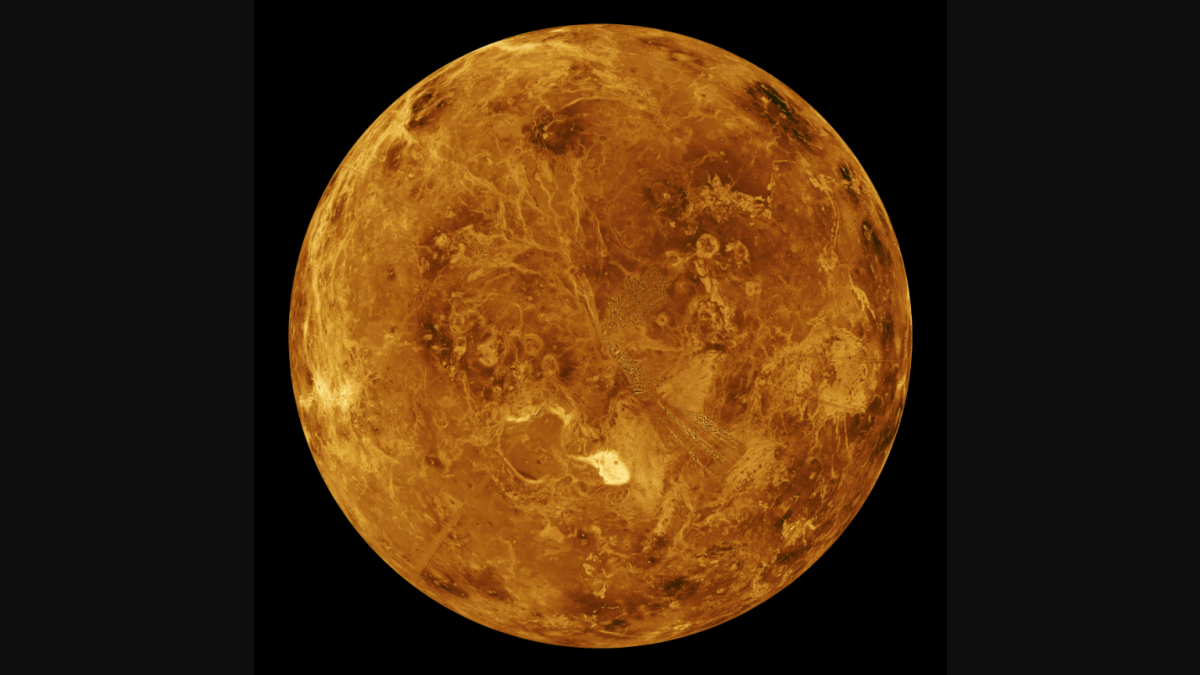New Research Suggests Venus May Have Once Had Earth-Like Plate Tectonics
Recent scientific studies have shed light on the possibility of Venus, the second planet from the sun, having Earth-like plate tectonics billions of years in the past. While commonly referred to as a scorching world with temperatures that can melt lead, this new research suggests that Venus had a different history during its early stages. The primary goal of this research is to gain a deeper understanding of how the planet evolved, but it also has implications for the search for extraterrestrial life elsewhere in the universe.
The team of researchers, led by scientists from Brown University, utilized atmospheric data collection and computer modeling to uncover the potential plate tectonic history of Venus. The results indicate that the current atmospheric composition and surface pressure of Venus could only be explained by the presence of continental plates that were pushing, pulling, and sliding underneath one another. According to Matt Weller, the lead author of the study, this finding suggests the possibility of two planets in the same solar system operating with plate tectonics, the same process that has allowed for the existence of life on Earth.
Earth’s “Evil Twin”
While plate tectonics has played a crucial role in shaping Earth’s geological features over billions of years, including continents and mountains, Venus has evolved differently despite similarities to our planet. Venus, with surface temperatures reaching a scorching 867 degrees Fahrenheit (464 degrees Celsius), has been previously referred to as Earth’s twin due to its proximity. However, the theory of a single “stagnant lid” on Venus’ surface, limiting movement and gas exchange with the planet’s interior, has been proposed to explain its dissimilar evolution.
The researchers challenge this theory and suggest that Venus may have experienced shifting plate tectonics between 3.5 and 4.5 billion years ago. This would explain the abundance of nitrogen and carbon dioxide in Venus’ atmosphere today. Their computer simulations also indicate that the stagnant lid hypothesis alone cannot account for the composition of elements observed in Venus’ atmosphere. Thus, they propose that the existence of shifting plates increases the likelihood of ancient Venus being capable of supporting microbial life.

Implications for the Search for Life
The discovery of potential plate tectonics on Venus adds complexity to the search for extraterrestrial life. It suggests that scientists should consider the geological history of a planet when determining its potential to support life. This has implications for the study of other celestial bodies within our solar system, such as the ocean moons of Jupiter and Saturn, particularly Europa, which exhibits Earth-like plate tectonics. Additionally, it impacts the exploration of exoplanets orbiting stars other than our sun.
Alexander Evans, one of the co-authors of the study, emphasizes that planets can transition in and out of different tectonic states, challenging the binary understanding of tectonics as either present or absent throughout a planet’s existence. Earth may be an outlier in this regard, as other planets could transition in and out of habitability rather than being continuously habitable.
Future Confirmations and Unanswered Questions
The findings of this research could potentially be validated by NASA’s DAVINCI Mission, which plans to send a probe through Venus’ atmosphere around 2031. However, critical questions remain unanswered, such as the cause of the change in plate tectonics on Venus and why its conditions diverged so significantly from Earth’s. Understanding these factors will not only contribute to our knowledge of Venus but also shed light on the future trajectory and habitability of Earth.
The research was published on October 26 in the journal Nature Astronomy.


